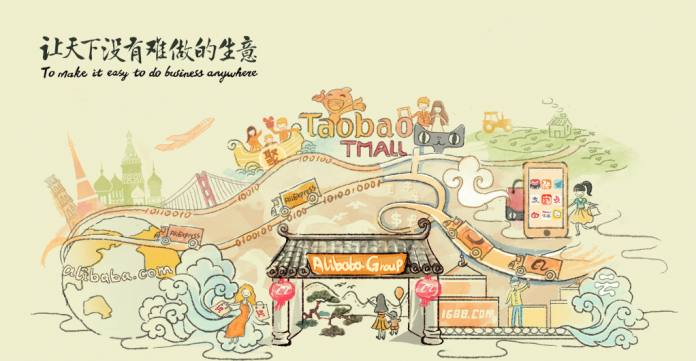Alibaba’s Ant Financial Aims for 2 billion Users by Bringing Blockchain Technology to Alipay
Alibaba’s payment arm Ant Financial wants to have 2 billion customers in 10 years according to the chief executive of the $60 billion firm. Ant Financial runs the Alipay mobile wallet in China which has over 450 million users.
In an interview with CNBC, Eric Jing, the CEO of Ant Financial, added that the Chinese giant is exploring further uses of Blockchain technology to make that possible.
“WE HAVE AN AMBITION TO BE A GLOBAL COMPANY,” JING TOLD CNBC AT THE WORLD ECONOMIC FORUM IN DAVOS.“SO MY VISION (IS) THAT WE WANT TO SERVE 2 BILLION PEOPLE IN THE NEXT 10 YEARS BY USING TECHNOLOGY, BY WORKING TOGETHER WITH PARTNERS … TO SERVE THOSE UNDERSERVED.”
Jing noted the potential of artificial intelligence and Blockchain.
When asked by CNBC if Ant Financial is looking into blockchain technologies to underpin Alipay, Jing said “definitely”.
“ALL THESE TECHNOLOGIES WILL BE USED … TO BRING MORE, A HIGH LEVEL OF SECURITY,” JING EXPLAINED, ADDING THAT ARTIFICIAL INTELLIGENCE AND BLOCKCHAIN WILL BE “DEEPLY” INTEGRATED INTO ANT FINANCIAL’S OPERATIONS.
Ant Financial has already introduced Blockchain technology into a charitable donation service that it owns, with the aim of allowing users to track the money they send in a more charitable way.
To push growth the company raised a whopping $4.5 billion in a series B funding round last year which will help drive deals such as its acquisition of a 40% stake in India’s Paytm.







